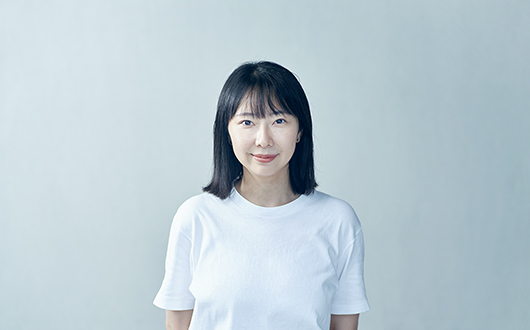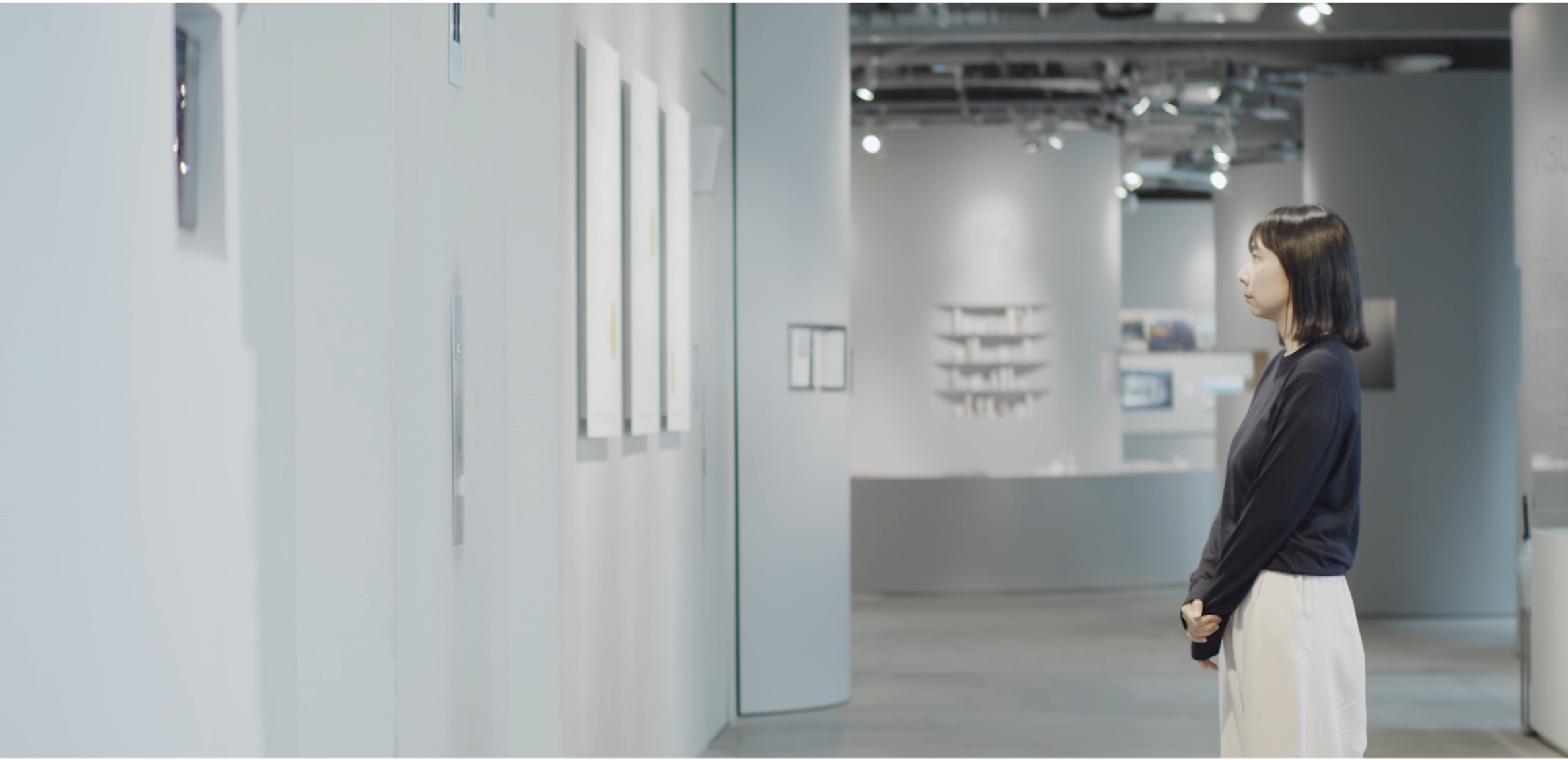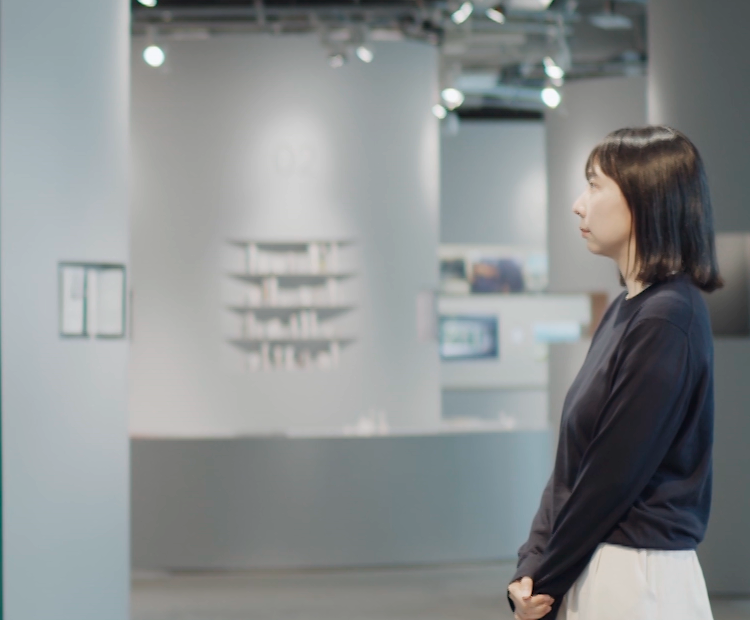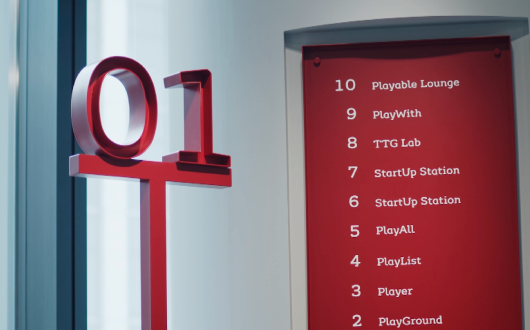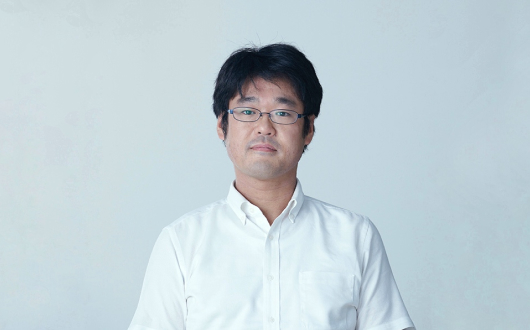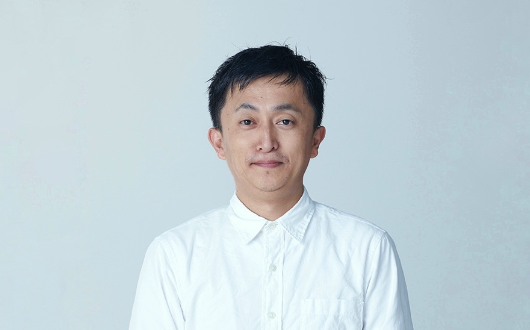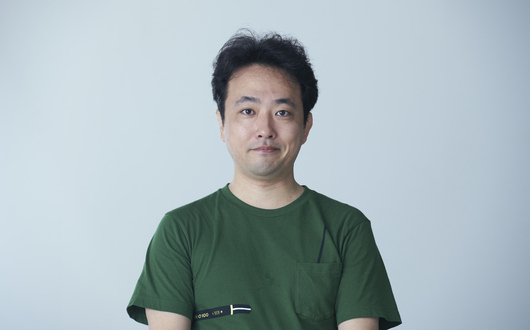New Views by Design New Views by Design New Views by Design
A Joy to be a Part of Utilized Spaces
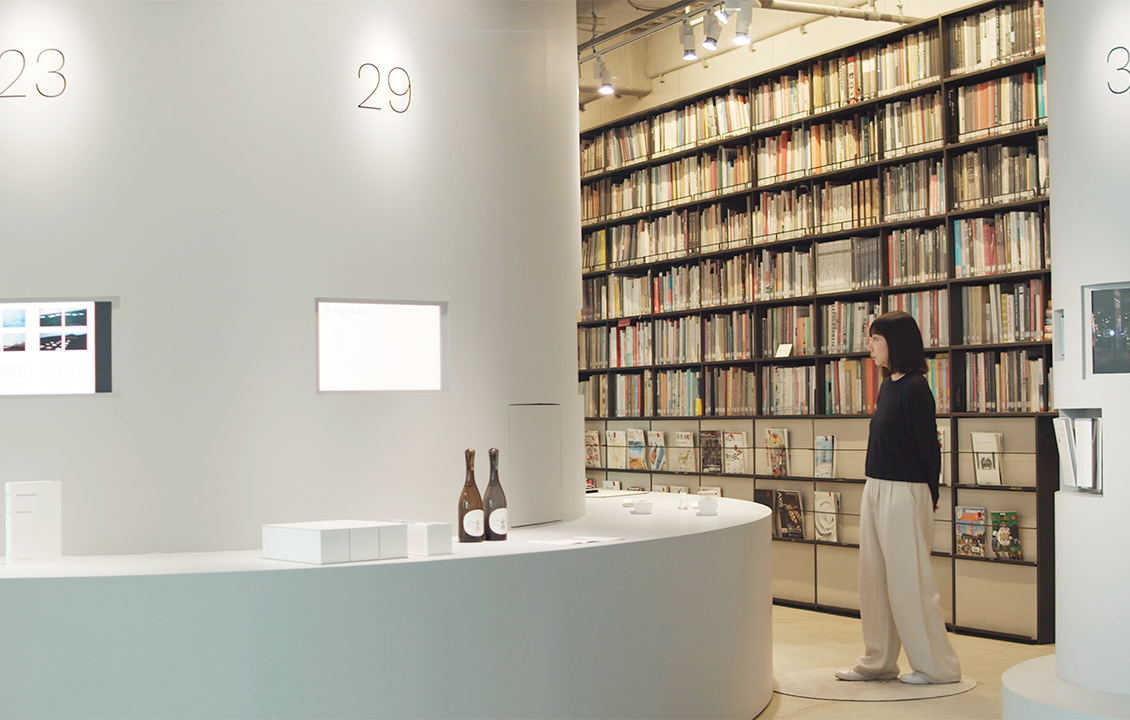
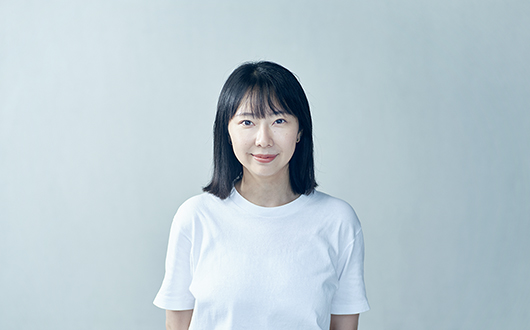
Moeko Yamaguchi
Designer / Irobe Design Institute
Born in 1987. Graduated with a bachelor’s degree from the Faculty of Law at Keio University, and from the Graphic Design at Tama Art University. After working as a type designer, Yamaguchi joined the Irobe Design Institute, part of the Nippon Design Center, in 2017. Since joining NDC, Yamaguchi has utilized her knowledge of type design in a wide range of fields, including visual identities, signage planning, and packaging design. Major achievements include type direction for the TokyoYard PROJECT, a large-scale urban development in the Takanawa Gateway Station area, the signage planning for the Museum of Contemporary Art Tokyo, and the visual identity and signage planning for the Yayoi Kusama Museum.
Hello, my name is Moeko Yamaguchi and I am a designer at the Irobe Design Institute. I am often in charge of branding, exhibition planning for events like VISUALIZE 60, and signage planning.
The TokyoYard PROJECT is an urban development project established near the Takanawa Gateway Station in 2020. With this project, I was primarily responsible for the typeface design. My hope is that the typeface will help motivate everyone involved in building the project. One keyword for the area is “Playable”; the area aims to create a playful environment to facilitate new creations. The typeface embodies this goal. I am happy to hear that customers feel the spirit of the area when they see the typeface and that it motivates them to take on the challenge of creating a new urban area.
VISUALIZE 60 is a project commemorating the 60th anniversary of Nippon Design Center. I am responsible for the exhibition planning, as well as handling social media outreach and so on. The COVID-19 pandemic spread during the planning phase, leading to a debate about whether to hold the event or not. But we decided to hold it to convey the power of design through real physical objects. In some cases, conventional exhibition methods did not work. For example, instead of using conventional headphones for audio guides, we adopted directional speakers to provide sound in a contact-free manner. The project was a positive experience that let me explore the idea of exhibitions in the new normal and move the project forward into unchartered territory. Paying careful attention and utilizing a reservation system enabled a large number of people to visit the exhibition. Guests enjoying the exhibition is proof of our design work. The ability to witness for ourselves how our clients and their customers react is a delight. And seeing design become part of a space enjoyed and utilized by people is a joy.
Travel is tough with the COVID-19 pandemic, but the next place I want to visit is Kobe. It is where I lived when I got my first job, so it feels like a second home in many ways. While shops tend to be concentrated inside buildings in Tokyo, small shops line the streets in Kobe. There’s less distance between people in that sense. Although I left Kobe several years ago, many people still remember me and know I am visiting from Tokyo.
